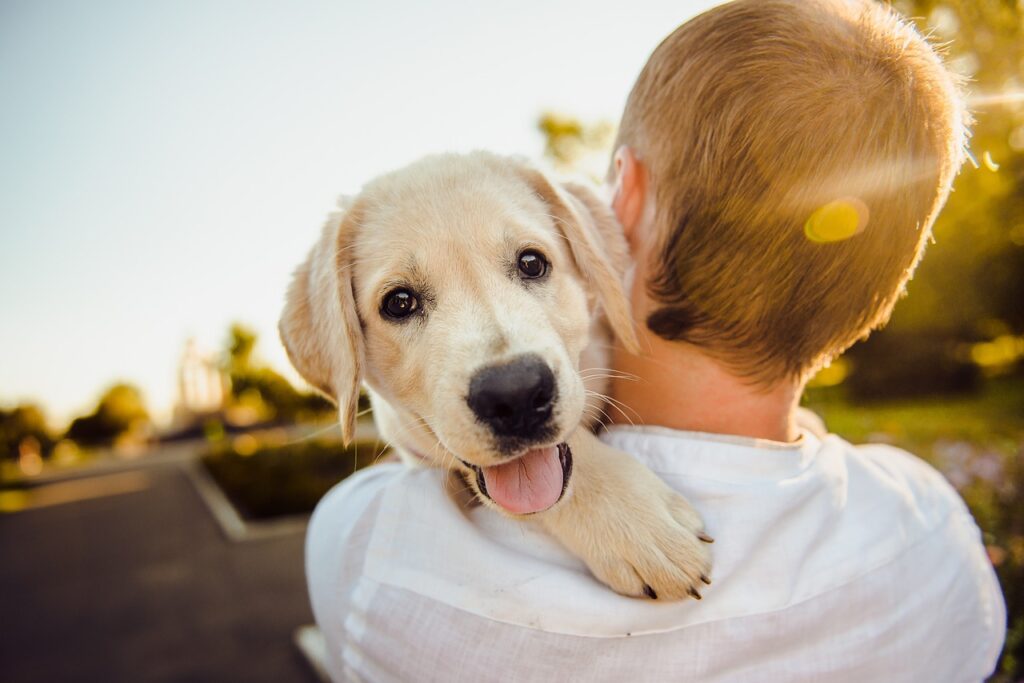Summer’s here, and while we’re all enjoying the sunny weather, it’s important to remember that our furry friends can suffer from heatstroke in dogs just like we can. Heatstroke in dogs occurs when their body temperature rises significantly and they struggle to cool down. Unlike humans, dogs don’t sweat to regulate their temperature. They rely on panting and external cooling methods like lying in the shade or drinking water.
When these methods aren’t enough, their body temperature can climb to dangerous levels, leading to heatstroke. This is especially common in hot weather, during intense exercise, or if a dog is left in a hot car.
Signs of Heatstroke in Dogs
Recognizing the signs of heatstroke in dogs is crucial. Here are some symptoms to watch for:
- Excessive Panting: While panting is normal, excessive and rapid panting can be a red flag.
- Drooling: Heatstroke often causes dogs to drool more than usual.
- Red or Pale Gums: Check your dog’s gums; they may appear red, pale, or dry.
- Lethargy: If your dog seems unusually tired or weak, it could be a sign of heatstroke.
- Vomiting or Diarrhea: Heatstroke can cause gastrointestinal distress.
- Unsteady Walking: If your dog is having trouble standing or walking, it’s time to act.
What to Do if You Suspect Heatstroke in Dogs
If you suspect your dog is suffering from heatstroke, it’s important to act quickly. Here’s what you should do:
- Move to a Cooler Area: Get your dog out of the heat and into a cooler environment immediately. Find a shaded spot or move indoors if possible.
- Offer Water: Make sure your dog has access to fresh, cool water. Encourage them to drink, but don’t force it.
- Cool Them Down: Use cool (not cold) water to help lower their body temperature. Wet their fur with cool water, and use a fan to help with evaporation. Avoid using ice or very cold water as it can cause shock.
- Seek Veterinary Care: Contact your veterinarian or an emergency animal clinic right away. Heatstroke in dogs can lead to serious complications, and professional treatment is often necessary.
Preventing Heatstroke in Dogs
Prevention is always better than cure. Here are some tips to help prevent heatstroke in dogs:
- Avoid Hot Pavement: Walk your dog in the early morning or late evening when it’s cooler. Hot pavement can burn their paws and contribute to heatstroke.
- Never Leave Your Dog in a Car: Even with the windows cracked, a car can become dangerously hot in minutes. Always take your dog with you or leave them at home.
- Provide Shade and Water: Ensure your dog has access to shade and fresh water, especially if they’re outside.
- Know the Signs: Being aware of the signs of heatstroke in dogs allows you to act quickly if necessary.
In Conclusion
Heatstroke in dogs is a serious condition that can be life-threatening if not treated promptly. By recognizing the signs, taking immediate action, and preventing overheating, you can help keep your dog safe during the hot months. Remember, at Atlas Animal Hospital, we’re here to help with any concerns you might have about your dog’s health. If you have questions about heatstroke or need advice on keeping your dog cool, don’t hesitate to reach out to us.

